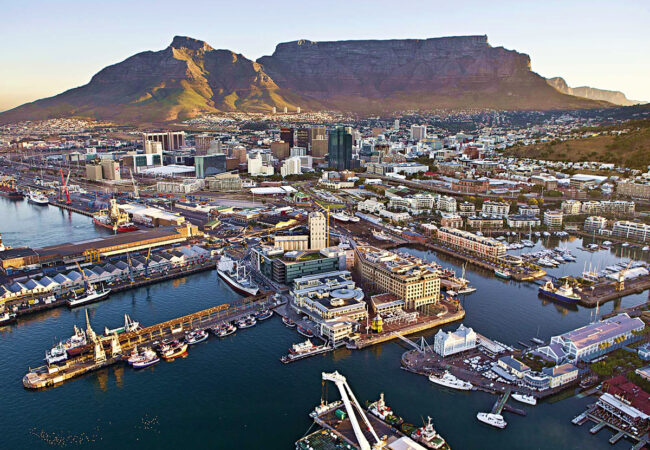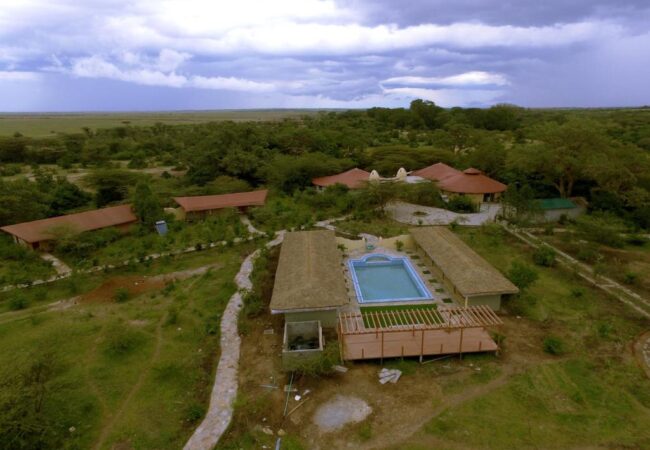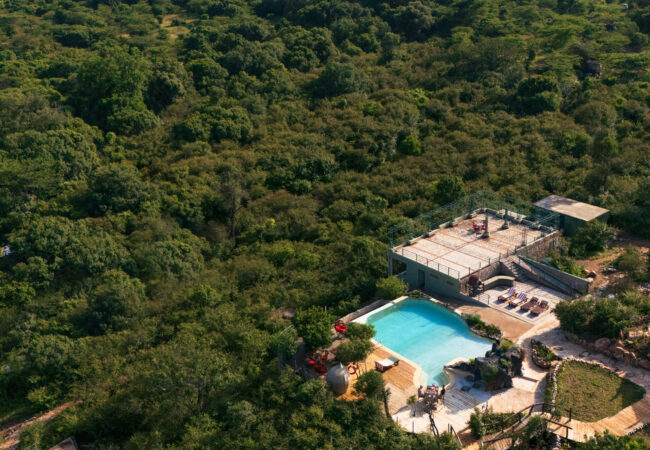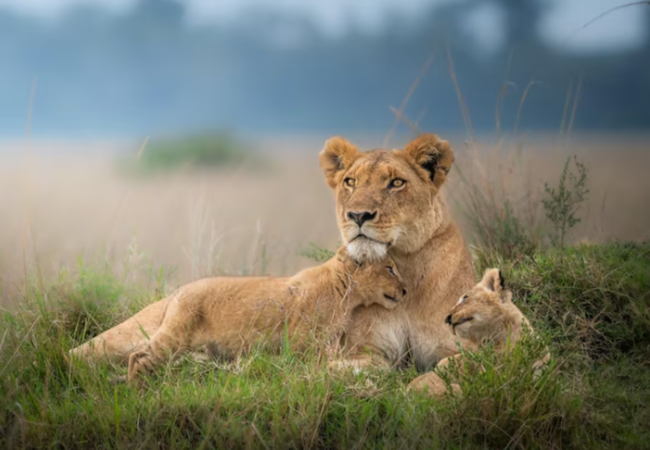Ngorongoro Conservation Area, located in northern Tanzania, is one of the most extraordinary and diverse natural landscapes in Africa. As a UNESCO World Heritage Site, the area is renowned for its stunning geological formations, rich wildlife, and the iconic Ngorongoro Crater. The conservation area offers visitors a unique blend of natural beauty and cultural heritage, making it a must-visit destination for safari enthusiasts and nature lovers.
Key Attractions
1. Ngorongoro Crater The Ngorongoro Crater, a massive volcanic caldera, is the crown jewel of the conservation area. Formed millions of years ago, the crater is one of the world’s largest inactive volcanic calderas, measuring about 19 kilometers (12 miles) in diameter. The crater’s floor is home to a dense concentration of wildlife, including elephants, lions, zebras, and rhinos, providing exceptional game viewing opportunities.
2. Wildlife Diversity The Ngorongoro Crater’s fertile environment supports a diverse array of wildlife. The caldera’s lush grasslands, wetlands, and forests create an ideal habitat for a wide range of species. Visitors can expect to see large herds of wildebeest and buffalo, as well as predators such as lions, cheetahs, and hyenas. The crater also houses a small population of critically endangered black rhinos.
3. Olduvai Gorge Olduvai Gorge, often referred to as the “Cradle of Mankind,” is a key archaeological site within the conservation area. The gorge has yielded some of the world’s most important fossil discoveries, including early human ancestors and ancient tools. Visitors can explore the Olduvai Museum to learn about the area’s paleontological significance and view exhibits on early human evolution.
4. Cultural Heritage The Ngorongoro Conservation Area is home to the Maasai people, who live in harmony with the land and its wildlife. The Maasai’s traditional way of life, characterized by their vibrant culture and unique customs, offers visitors a glimpse into the rich cultural heritage of the region. Cultural tours provide opportunities to engage with Maasai communities, learn about their traditions, and experience their daily life.
5. Highlands and Scenic Views The highlands surrounding the Ngorongoro Crater offer breathtaking scenic views and a cooler climate compared to the surrounding lowlands. The lush landscapes, including the Empakaai Crater and the Ol Doinyo Lengai volcano, provide excellent opportunities for hiking and exploring the diverse environments of the conservation area.
6. Birdwatching The Ngorongoro Conservation Area is a birdwatcher’s paradise, with over 500 recorded bird species. The varied habitats within the area support both resident and migratory birds. Notable species include the flamingos of Lake Magadi, the raptor species of the highlands, and the colorful turacos.
Accommodation Options Accommodation options within and around the Ngorongoro Conservation Area range from luxury lodges and tented camps to more budget-friendly choices. Many lodges and camps offer stunning views of the crater or the surrounding highlands and provide convenient access to key attractions. It is advisable to book accommodation in advance, especially during peak seasons.
Travel Tips
- Best Time to Visit: The Ngorongoro Conservation Area can be visited year-round, but the dry season (June to October) is ideal for wildlife viewing as animals are more concentrated around water sources. The wet season (November to May) offers lush landscapes and fewer tourists, though rains can affect travel conditions.
- How to Get There: The conservation area is accessible by road from Arusha, approximately a 3-4 hour drive. Many visitors also combine their visit with safaris to nearby Serengeti National Park or Lake Manyara National Park. Scheduled flights to nearby airstrips are available.
- What to Pack: Bring lightweight, breathable clothing suitable for both hot days and cooler evenings. Sturdy walking shoes, a camera, binoculars, sunscreen, insect repellent, and a hat are essential. A light rain jacket is also recommended if visiting during the wet season.
Ngorongoro Conservation Area offers a captivating combination of geological wonders, diverse wildlife, and rich cultural experiences. With its stunning crater, abundant wildlife, and significant archaeological sites, the conservation area provides a truly memorable adventure and a deep connection to both nature and human history.












